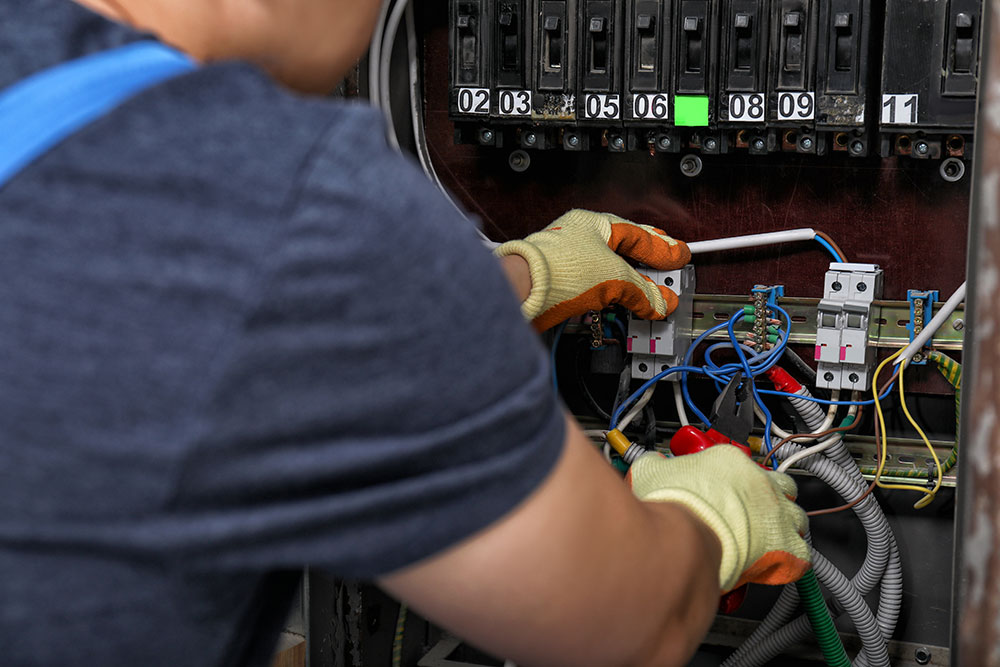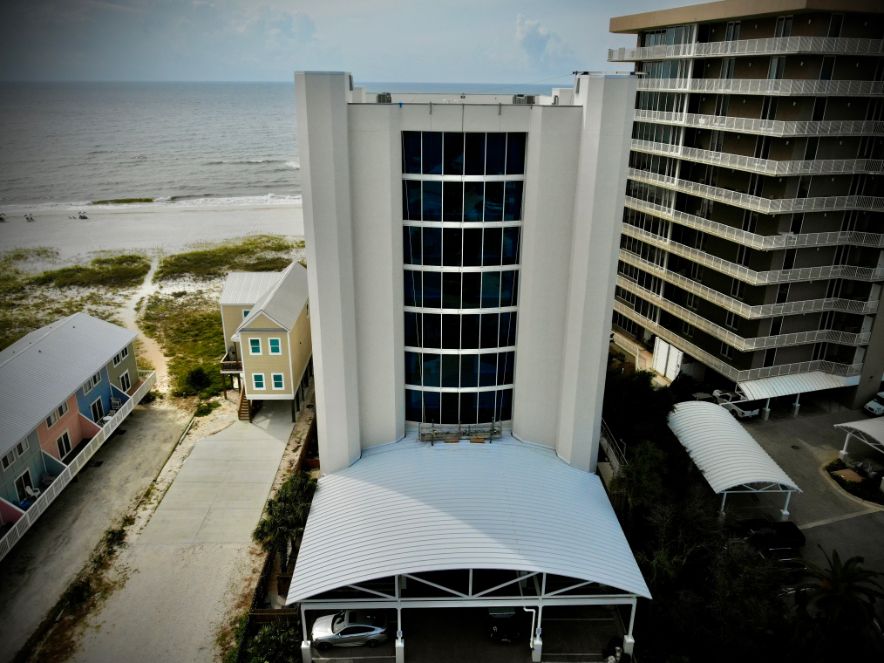
A meter monitors how much electricity you use to bring the electricity to your home. The electricity then travels through wires and switches throughout the house. These wires and switch are the main source of current, which powers your appliances. In a typical house, there are two to three hundred switches and outlets.
Distributed power
Distributed power is power that can be used to power homes and buildings. This type of power can be generated and distributed with different technologies. The primary distribution voltage ranges between four and 35kV phase to-phase, or 20-kV neutral. A majority of utility customers have a transformer connected that lowers the voltage so it can be used for lighting and interior wiring. There are two basic types, network and radial, of distribution networks. Multisource supply networks can have multiple distribution sources operating simultaneously. Spot networks are used to transport concentrated loads. Radial distribution is used in rural areas.

Transmission lines
Transmission lines are the path through which electricity flows from a power house to your home. A typical transmission line has three phases with their own conductors. Conductor wires are composed of several aluminum strands that are supported by a core of steel. Each phase of electricity moves along one conductor wire. These conductors are often bundled together to increase their capacity.
Inverters
Inverters produce an AC signals and can be used to accomplish many things. Inverters can produce square waves, modified sine waves, and pulse width modulated waves. In addition, they may be used to create a low-pass filter, which allows the fundamental component to pass through the device but limits the harmonic component. Inverters are generally classified according to the frequency response.
Generators
Generators generate electricity using fuel sources. They are a critical component of an electrical power house. They can be used to power camping equipment, run critical home appliances during an emergency, and more. There are two types: portable generators that can be used for camping, and standby generators that can be used outside. Michael Faraday invented the first generator in 1831. Technology has advanced tremendously since then. There are many kinds of generators. Each has its own advantages.
Substations
There are many things to take into consideration when choosing where substations will be located in an electrical power plant. These include location, size, and security. Substations may be underground, on the ground, or in special buildings. Most substations located in urban areas are indoor. This reduces the noise generated by transformers and protects switchgear in harsh environments.

Electric meter
An electricmeter is a device that measures how much electricity has been consumed. It measures electricity in watts or kilowatt hours. A watt is the product of a circuit's voltage and amperage. One volt = one amp is the formula that determines a watt. But, in order to accurately measure how much energy is being used, it is important that we also account for the element of timing. The watt is the unit of measurement used to calculate the total amount of electricity used by a home or business.
FAQ
How much does it set you back to get building permission?
It depends on your state and the complexity. It may also depend on whether you apply for permission to build or extend your current house. The process of applying can take many months so you should be ready to wait until the whole thing is done.
What is a Standard Contract Form?
A template for creating contracts is the standard contract form. These templates usually contain all the essential elements of a contract, including the date, time, place, and parties involved.
Clients can alter standard contract forms to meet their needs. Some companies even offer standard contract forms.
These forms may be not suitable for every situation. They can save you lots of time and effort.
These standard contracts are worth looking at.
How do I submit a building permit application?
Your SCA will not suffice. You must also provide evidence that:
-
There are plenty of parking spaces available.
-
These routes can be used for access;
-
All utilities are easily accessible.
-
All works are compliant with the relevant planning regulations.
Who issues a Service Agreement
Service agreements between you and your customers define how you will deliver services to them. This agreement outlines your customer's responsibilities and what you must do for them. It also explains when you have to pay them.
Additional fees for services may also be confirmed in the service agreement.
All terms and condition of the service agreement should be stated. This includes payment methods, delivery times, warranties, etc.
You can use this template to cover every aspect of the agreement.
Who pays for the service?
Your SCA specifies which party is responsible for paying for the service. In the event that the service provider is not paid fully, they may be eligible to seek compensation from the courts.
Are there additional considerations I need to make?
Yes. Please check your local laws for details about what projects you are allowed to do and the conditions that you need. Some states require that you get council approval before you build. Others state that you need only notify them of the plans. For more information, consult your local authorities.
Statistics
- (v) Place or places of performance of the prime contract and first-tier subcontracts estimated at $10 million or more, if known. (acquisition.gov)
- (1) Ascertain the extent to that offers are based on the payment of overtime and shift premiums; and (2) Negotiate contract prices or estimated costs without these premiums or obtain the requirement from other sources. (acquisition.gov)
- (3) The contracting officer may provide for a contract price adjustment based solely on a percentage rate determined by the contracting officer using a published economic indicator incorporated into the solicitation and resulting contract. (acquisition.gov)
- Don't take their anger personally, they are mad about the situation 99% of the time. (activatemylicense.com)
- (1) Except as provided in paragraphs (a)(4) and (a)(8) of this section, if the estimated amount of the contract or subcontract is $10 million or more, the contracting officer shall request clearance from the appropriate OFCCP regional office before- (acquisition.gov)
External Links
How To
What should a service contract include?
Service agreements (SAs) are essential for any business relationship. It outlines what you expect from each other and how you will achieve this. The SA also describes when and how you expect the other side to meet its contractual obligations.
The key elements of a successful SA are:
-
Both parties will agree to the scope of work.
-
Payment terms details, including start date and expiration dates for goods/services.
-
An agreed price for your project.
-
Additional costs, such as VAT, etc.
-
Whether there is any other matter that should be discussed.
-
Who will take responsibility if there is an error in the job?
-
How disputes can be resolved
-
What happens if one party breaches the contract.
-
What happens if there is a dispute
-
When does the contract go into effect?
-
What happens if one of the parties fails to perform.
-
How long do you have to pay invoices?
-
Who pays for expenses such as travel?
-
Where the money is coming from.
-
What happens when the client has a change of mind?
-
What happens to the supplier if they don't show up.
-
Who has access to the site during construction?
-
What happens when the customer cancels a project?
-
What happens if the product fails?
-
What happens if the manufacturer refuses parts?
-
What happens when the equipment stops working?
-
What happens if the project takes more time than anticipated?
-
What happens when the work is not completed within the specified timeframe?
-
What happens if the project is not up to standard?
-
What happens if the cost exceeds?
-
What happens if materials are not delivered on time?
-
What happens if the material arrives broken?
-
What happens if the products aren't up to standard?
-
What happens if you cancel the job before it is complete?
-
What happens when the company goes under?